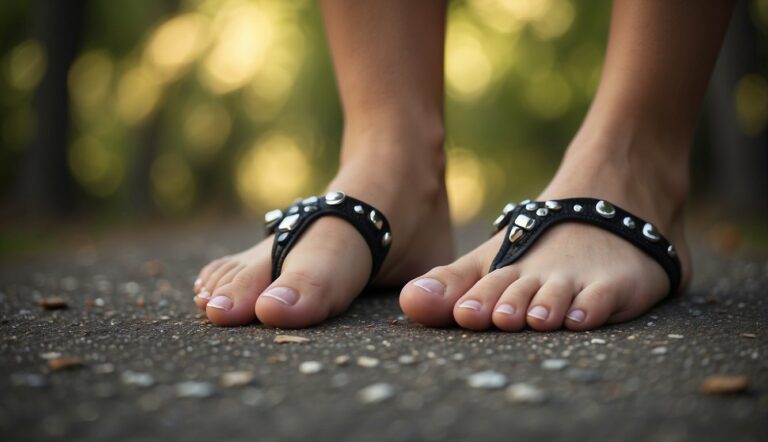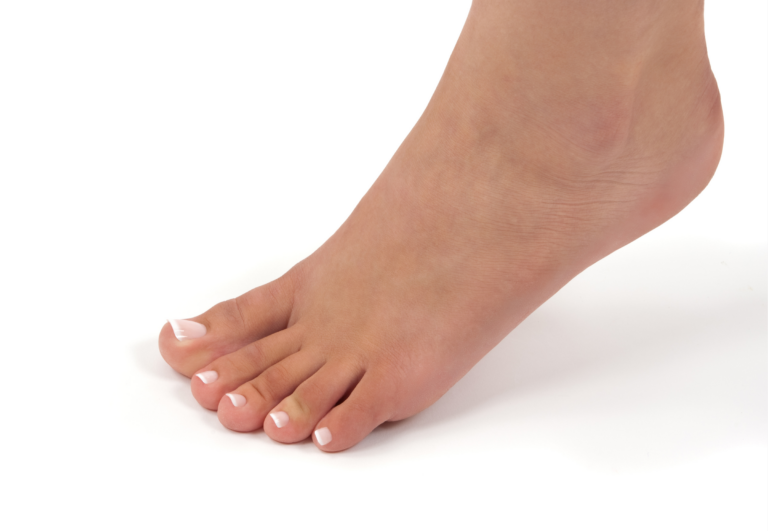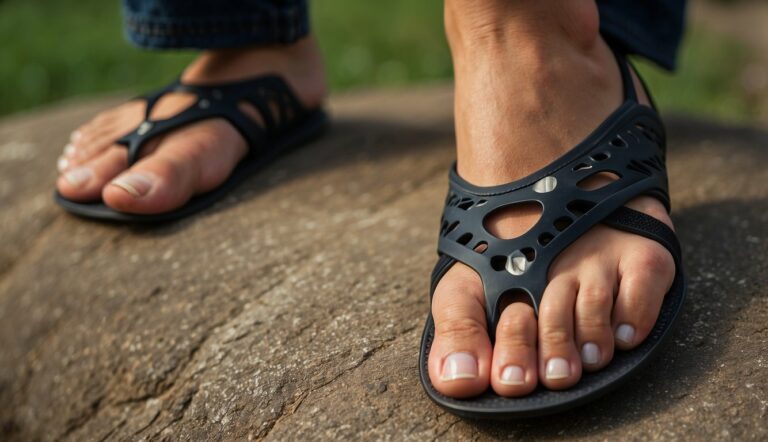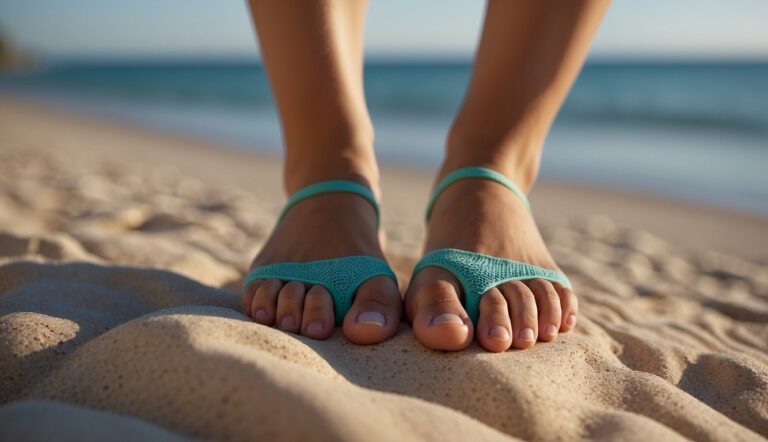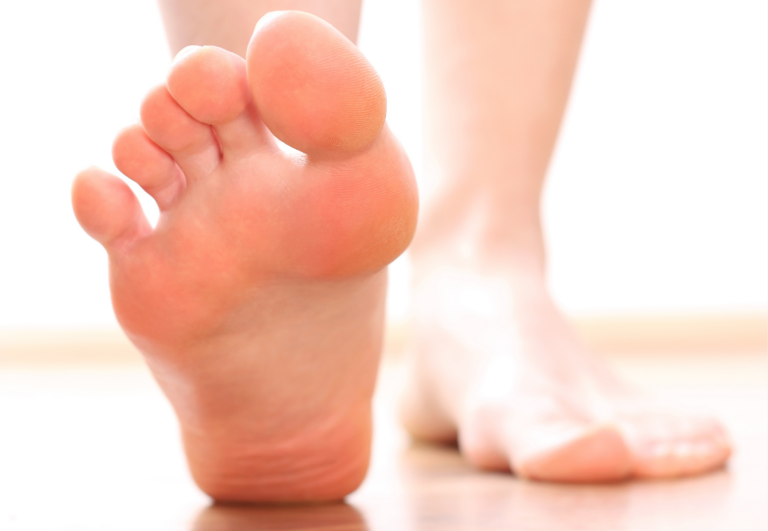Can Toe Spacers Help with Dancer’s Foot? (Foot Health for Dancers)
Foot health is crucial for dancers, as the demands of dance—from pointe work to contemporary movement—place exceptional strain on the feet. As a toe spacer expert with hands-on experience, I understand that maintaining foot health isn’t just important, it’s essential for a dancer’s performance and career longevity. Employing toe spacers as part of a foot care routine can help align the toes, provide necessary spacing, and reduce the risk of injury, ensuring dancers can focus on their art without the interruption of pain.
Understanding the common foot problems dancers encounter, like blisters, nail issues, and more serious conditions such as hammer toes or fractures, underscores the need for proactive care. Strengthening exercises, proper footwear, and regular rest are vital components of a comprehensive foot health strategy. By integrating these with the use of toe spacers, dancers can aid in preventing complications and promote better foot alignment and health.
Can Toe Spacers Help with Dancer’s Foot?
Toe spacers can be beneficial for dancers, who often experience foot strain and deformities due to the demands of their craft, such as wearing tight, constricting footwear like pointe shoes.
Here’s how toe spacers can help:
- Alignment and Balance: By promoting proper toe alignment, toe spacers can help improve a dancer’s balance, which is crucial for performing intricate dance moves and maintaining proper technique.
- Pressure Distribution: Toe spacers can aid in evenly distributing pressure across the foot, which can be particularly helpful for dancers who spend a lot of time on their toes and may be prone to developing bunions or other toe deformities.
- Injury Prevention: Regular use of toe spacers may reduce the risk of common dance-related foot injuries by alleviating unnecessary stress on the toes and joints.
- Recovery Support: For dancers recovering from foot injuries, toe spacers might assist in the rehabilitation process by keeping the toes in a more anatomically correct position, which can facilitate healing.
- Enhanced Comfort: Toe spacers can provide relief from the discomfort caused by tight dance shoes, allowing dancers to focus more on their performance.
Dancers considering toe spacers should consult with a dance medicine specialist or a podiatrist experienced in treating dancers to ensure they choose the right product and use it correctly to support their unique foot care needs.

What is Dancer’s Foot?
As an expert in toe spacers, I recognize the critical role that proper foot health plays for dancers. The feet are the foundation of every movement, making understanding their structure and needs vital for an injury-free dance experience.
Anatomy of a Dancer’s Foot
The foot is a complex structure, comprising of 26 bones, 30 joints, and more than 100 muscles, tendons, and ligaments. The key features include the toes, particularly the big toe, which provide balance and propulsion; the arches, which absorb and distribute impact; and the ankle joint, which offers a wide range of movement.
- Toes: Essential for balance and agility in dance.
- Arches: The medial longitudinal arch, lateral longitudinal arch, and transverse arch play key roles in shock absorption and propulsion.
- Bones and Joints: Provide structure and flexibility for intricate dance moves.
Common Foot Problems in Dancers
Dancers often suffer from blisters, corns, broken nails, and overuse injuries like tendinitis. Chronic conditions may include:
- Hammer toes: a deformity where a toe bends downward.
- Fractures: small cracks in the bones due to repetitive stress.
Prevention: Wearing proper footwear, using toe spacers, and maintaining foot hygiene are essential steps in preventing these issues.
The Importance of Proper Foot Care
Caring for the feet involves consistent routines and the right tools. Toe spacers, for instance, can align toes and relieve pressure on the joints. Foot soaks, proper nutrition, and hydration support overall foot health. Cross-training can help strengthen the muscles around the foot and improve flexibility, thus reducing the risk of foot injuries.
- Hygiene: Clean feet daily with soap and water.
- Moisturizing: Prevents dry skin and promotes flexibility.
- Toe Spacers: Encourage proper toe alignment to reduce stress on the foot.
Choosing the Right Dance Footwear
In my experience, wearing the right dance footwear can drastically improve a dancer’s performance and reduce the risk of injury. It’s vital to understand the intricacies of selecting shoes that complement the dance style and the dancer’s unique foot needs.
Footwear for Different Dance Styles
Different dance genres necessitate specific types of shoes to enhance performance and maintain foot health. For ballet, dancers often use pointe shoes or ballet flats. Pointe shoes are critical for balance and enabling dancers to stand on their toes.
They should have a snug toe box to protect the toes and provide stability. For genres like jazz, jazz shoes offer flexibility and a slim profile, which accentuates footwork. Tap shoes are necessary for tap dancing due to their metal taps on the sole which create the characteristic sound.
Features of Good Dance Shoes
Fundamental features in good dance shoes include:
- Toe Box: A sturdy toe box in pointe shoes is essential for safety and comfort.
- Arch Support: Shoes should match the dancer’s arch to provide support and prevent injury.
- Toe Pads: Cushioning like toe pads can be crucial for pointe work to protect the toes during rigorous dance routines.
Remember, comfortable dance shoes aid not only in performance but also in injury prevention. Properly fitted dance shoes should neither be too tight, causing blisters and corns, nor too loose, which could lead to slipping.
Custom Options for Dance Shoes
For individual needs, custom dance shoes can be a suitable option. They:
- May include adjusted widths to fit your foot precisely.
- Offer a varying range of heel heights and shapes to suit comfort levels and dance styles.
- Can provide specialized insoles for enhanced arch support.
Custom dance shoes are especially useful when readily available options do not quite meet the necessary requirements for a dancer’s foot shape or when a performance demands perfection in fit and feel.
Foot Injuries and Management
As a toe spacer expert, I understand the importance of foot health for dancers. Injuries can hinder performance, so knowing how to manage and care for your feet is crucial.
Identifying Common Dance-Related Foot Injuries
Dance can place significant stress on the feet, leading to various injuries. Some common conditions include:
- Blisters: Caused by friction against the shoes.
- Ingrown toenails: Tend to occur when tight footwear compresses the toes.
- Stress fractures: Microfractures resulting from repetitive force or overuse.
- Calluses and Corns: Thickened skin areas from repeated pressure.
- Bunions: Bony bumps that form on the joint at the base of the big toe.
- Sprains and strains: Injuries to ligaments and muscles, respectively.
- Achilles tendonitis: Inflammation of the tendon at the back of the ankle.
- Sesamoiditis: Inflammation or injury in the small bones underneath the big toe.
- Ankle sprains: Resulting from an unnatural twisting motion.
Immediate Care and Treatment for Foot Injuries
Upon encountering a foot injury, following a regimen can help:
- Rest: Cease activities that cause pain.
- Ice: Apply to reduce swelling and relieve pain.
- Compression: Use bandages to support the area.
- Elevation: Keep the foot raised above heart level.
For pain management and to address swelling, consider over-the-counter anti-inflammatory medications. Additionally, options like toe spacers can help realign foot posture, offering relief from bunions or other alignment-related discomforts.
When to See a Healthcare Professional
Some injuries require professional attention:
- Severe pain: Not relieved by rest and ice.
- Visible deformities: Such as a suspected fracture or dislocation.
- Unresponsive to home treatment: If symptoms persist beyond a few days.
- Signs of infection: Include redness, warmth, or streaking around a wound.
Remember, while I can provide insights based on my experience with toe spacers and foot health, a healthcare provider can offer a comprehensive diagnosis and treatment plan.
Prevention and Maintenance
In this section, I’ll share vital tips on maintaining foot health for dancers through preventive care, ensuring longevity in their dance careers.
Exercise Routines for Strong Feet
My routine always begins with strengthening exercises to support foot health. I recommend dancers:
- Start with toe curls and doming exercises to improve foot control.
- Incorporate balance exercises, like single-leg stands, that benefit the whole foot.
- Engage in calf muscle stretches to enhance overall foot flexibility.
It’s essential to mix in exercises that target both the small and large muscles of the feet for comprehensive strength.
The Role of Rest and Recovery
After intense training or performances, rest is crucial for foot recovery. Here’s how I handle it:
- Always allot time for a proper cool down, including stretching, to help prevent stiffness.
- I make sure to get adequate sleep, which is prime time for muscle repair.
- When needed, I use foot soaks to alleviate stress and recalibrate for the next day’s movement.
Maintaining a balance between activity and rest supports a dancer’s resilience against foot-related injuries.
Daily Foot Care Strategies
Daily foot care is a non-negotiable for me, and here’s a simple routine I follow:
- Clean feet thoroughly using gentle soap and lukewarm water.
- Apply moisturizer regularly to keep skin supple.
- Ensure proper foot hygiene and pedicures to prevent issues like nail fungi.
I choose shoes with proper padding and cushioning to shield my feet during long rehearsals, recognizing that adequate support is integral to technique and injury prevention.
Special Considerations for Specific Dance Forms
In different dance styles, the feet and ankles are subject to unique movements and stresses. Using my expertise in toe spacers, I’ll highlight specific considerations for each dance form to maintain optimal foot health.
Ballet and Pointe Work
Ballet demands precision, with specific attention to the form and alignment of the foot. Dancing en pointe, where dancers support all their weight on the tips of their fully extended feet, requires exceptional strength and balance. Pointe technique makes use of specialized shoes which help in executing ballet moves, such as relevé, where the dancer rises to the tips of the toes while keeping legs straight. Dancers can consider toe spacers to alleviate pressure between toes and improve alignment, which is crucial for pointe work.
- Relevé and Balancing: Toe spacers aid in distributing weight evenly, helping to maintain stability.
- Alignment: Proper use of toe spacers can enhance alignment from the toes up through the legs and hips.
Tap Dance Techniques
Tap dancing involves intricate footwork and rhythmically hitting the floor with the toes and heels to create a percussive sound. Here, the role of the toe spacer is less about alignment and more about cushioning and preventing friction between toes during the vigorous and repetitive movements.
- Impact Reduction: Toe spacers can help in absorbing some of the impact from constant tapping.
- Toe Protection: They provide a barrier to reduce blisters and calluses from tightly fitted tap shoes.
Jazz Dancing Demands
Jazz dance is characterized by its energetic moves involving lots of footwork, jumps, and turns. Agile feet are critical for quick direction changes, and toe spacers can be advantageous in preventing toes from overlapping and ensuring they spread naturally.
- Agility Support: They can improve proprioception—awareness of foot positioning—enhancing agility.
- Injury Prevention: By avoiding toe crowding, spacers reduce the risk of injuries related to misalignment during dynamic moves.
